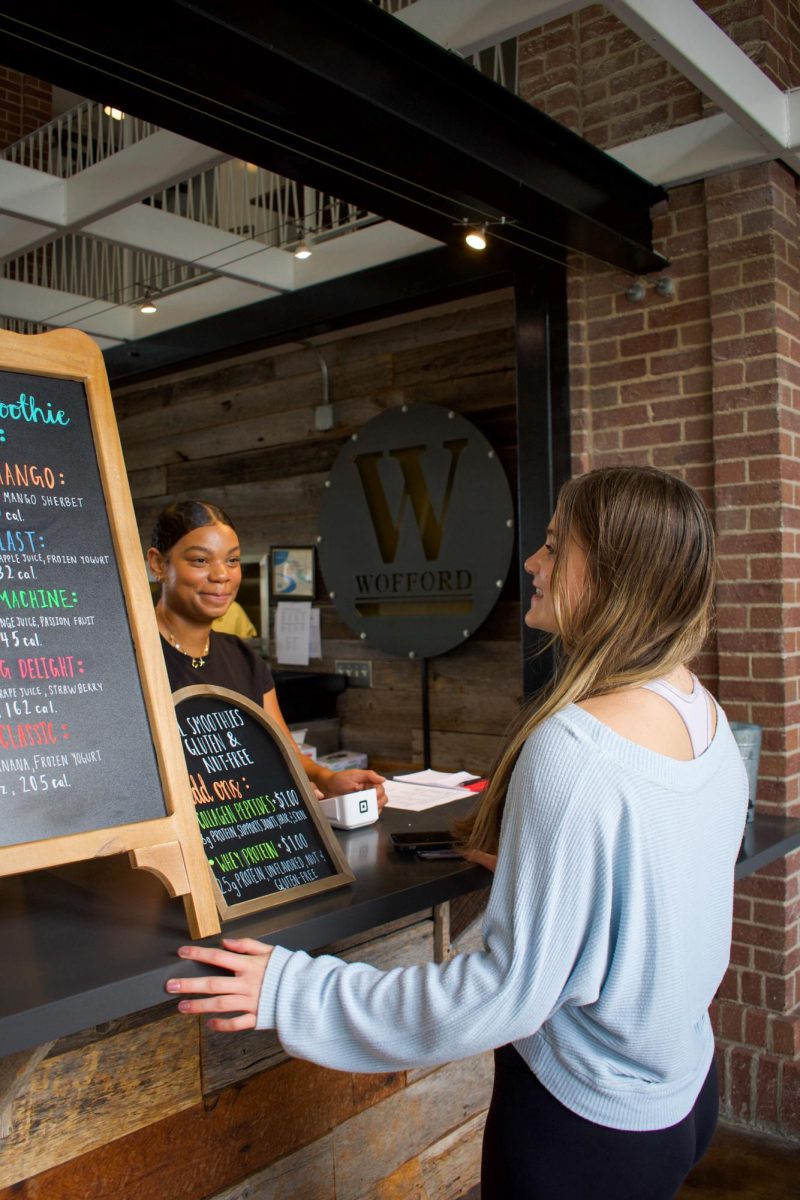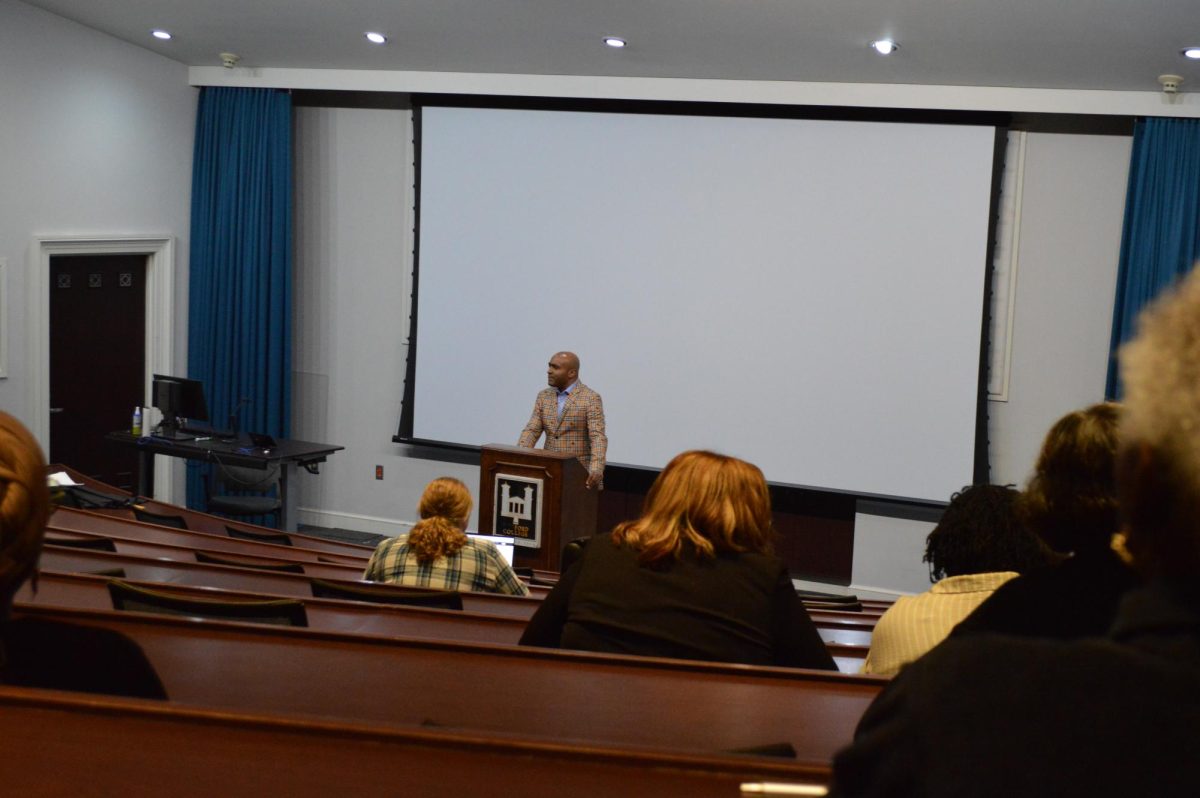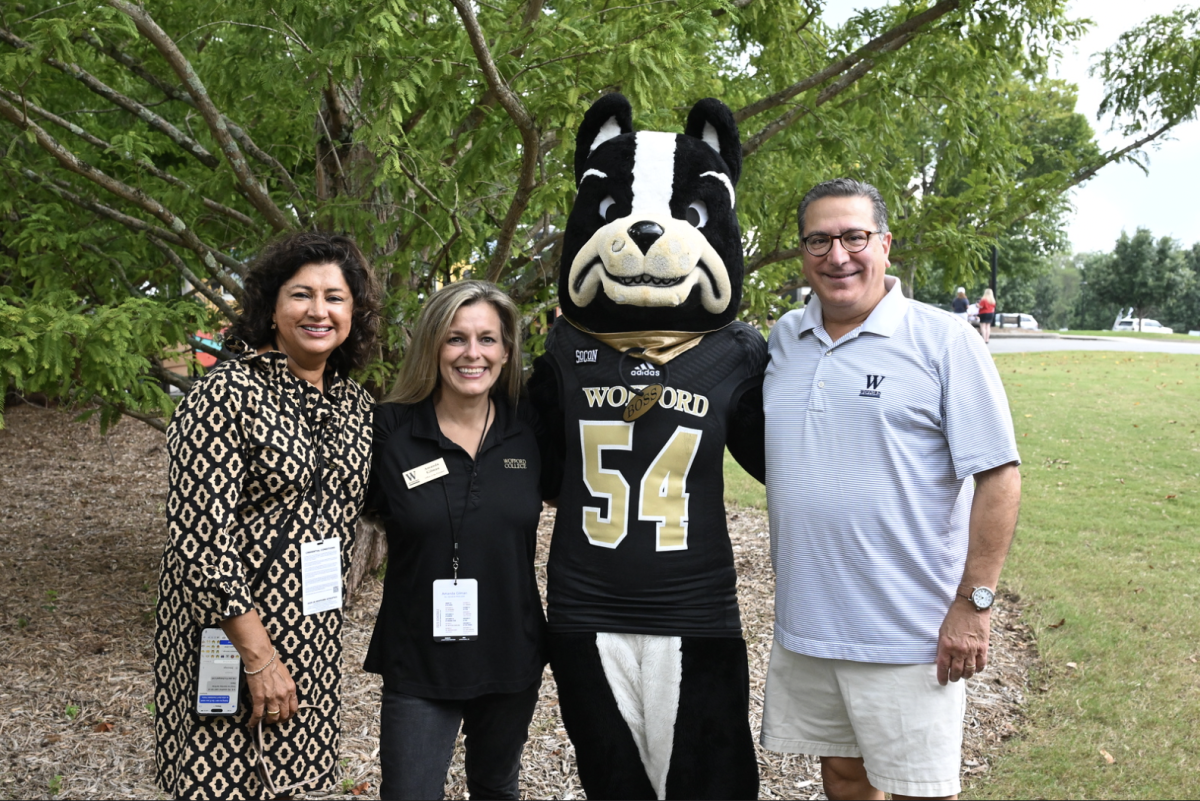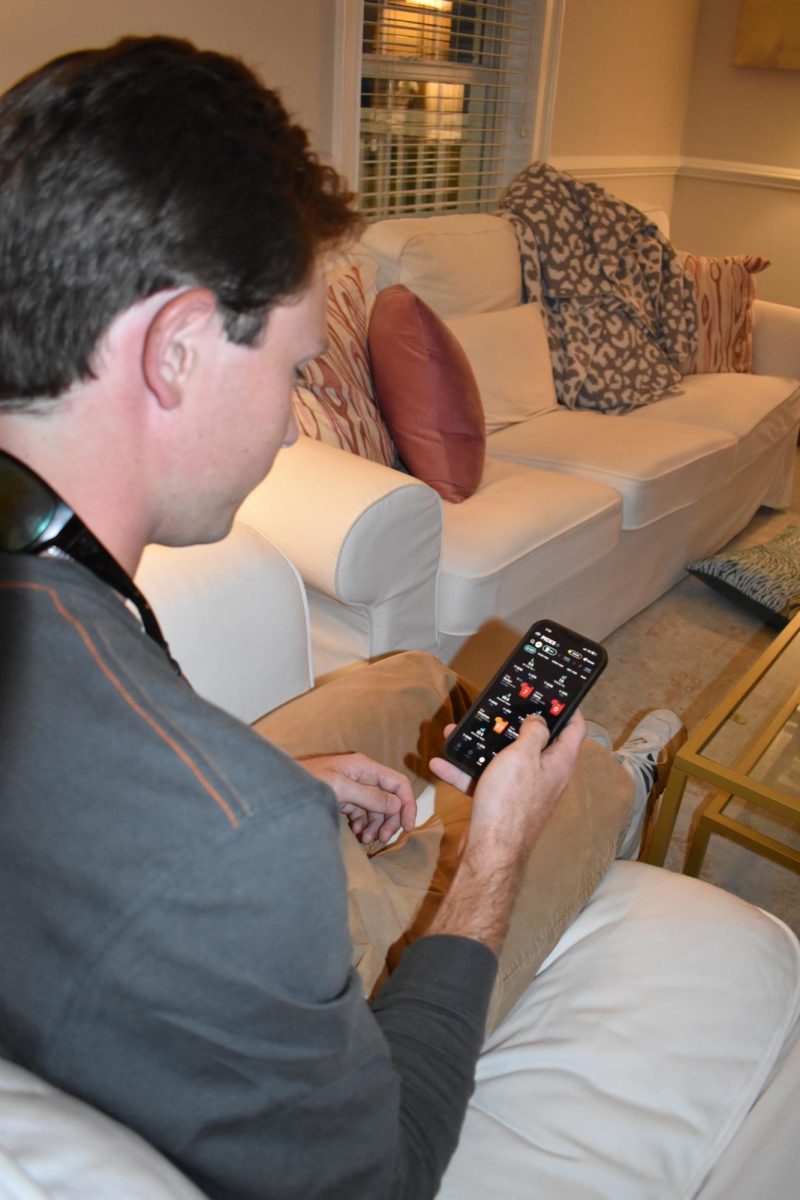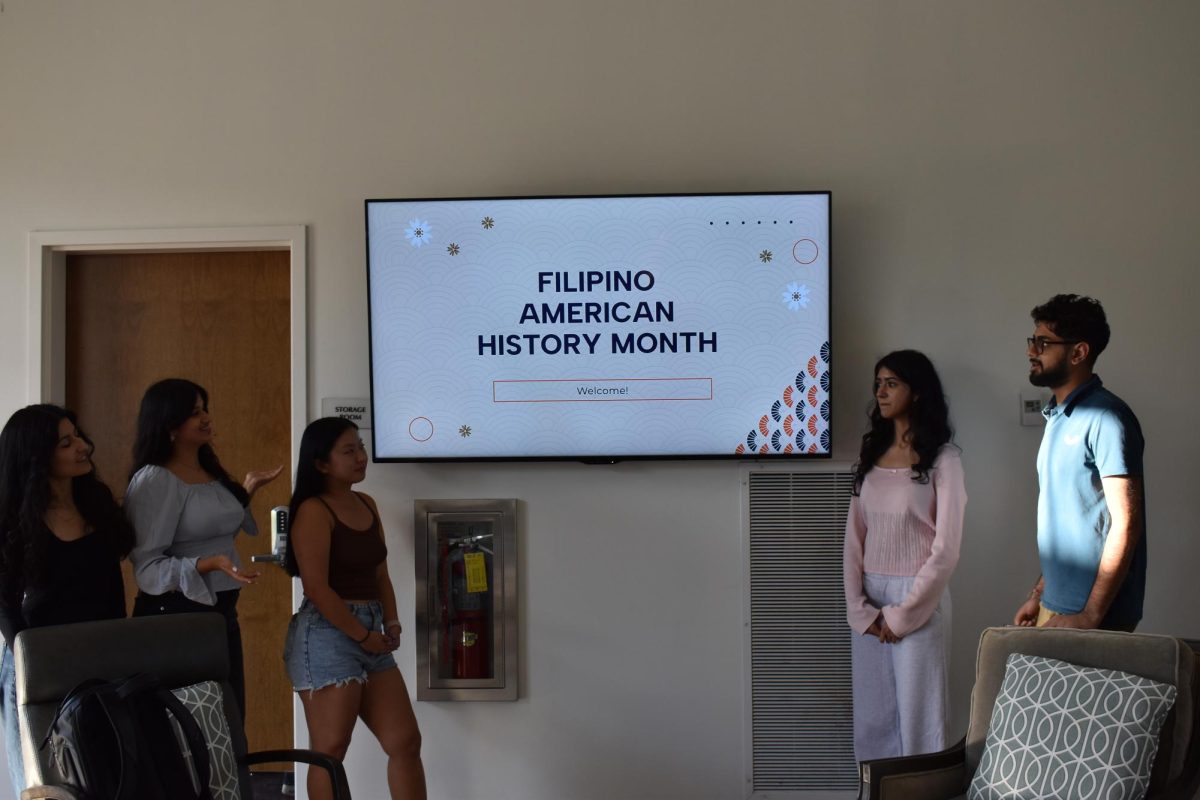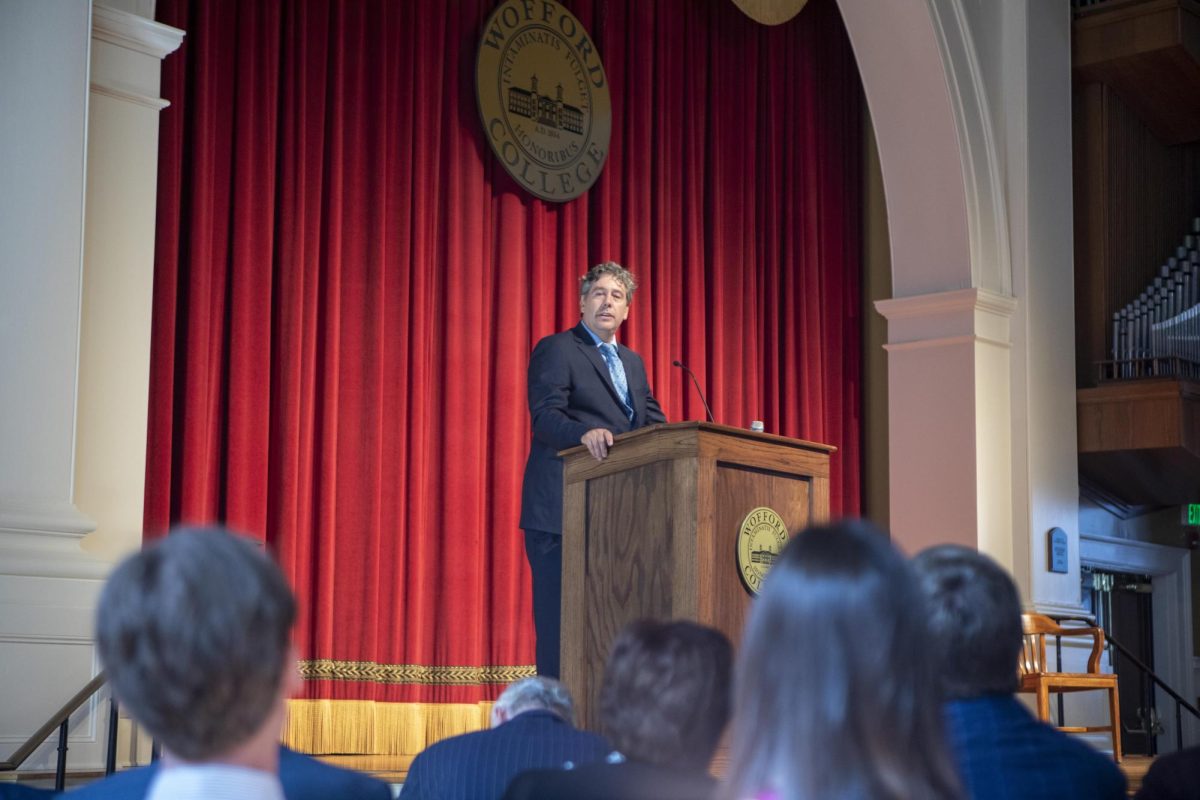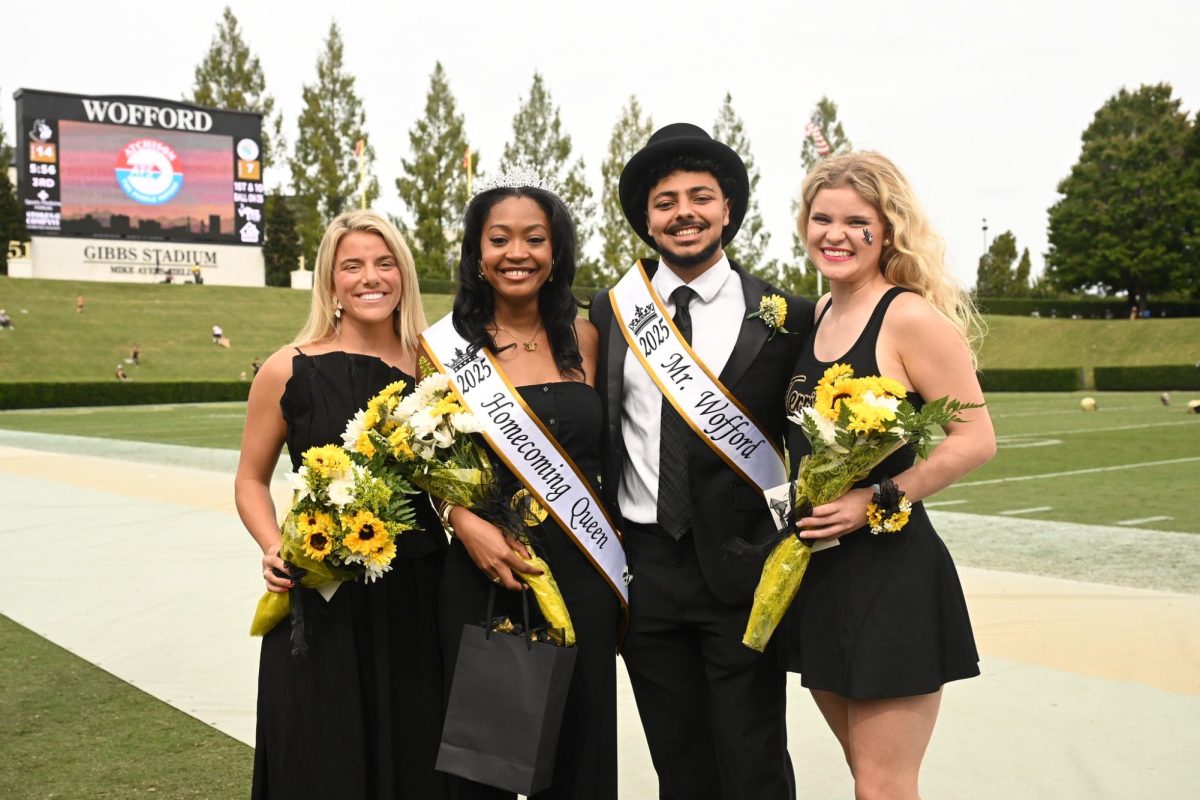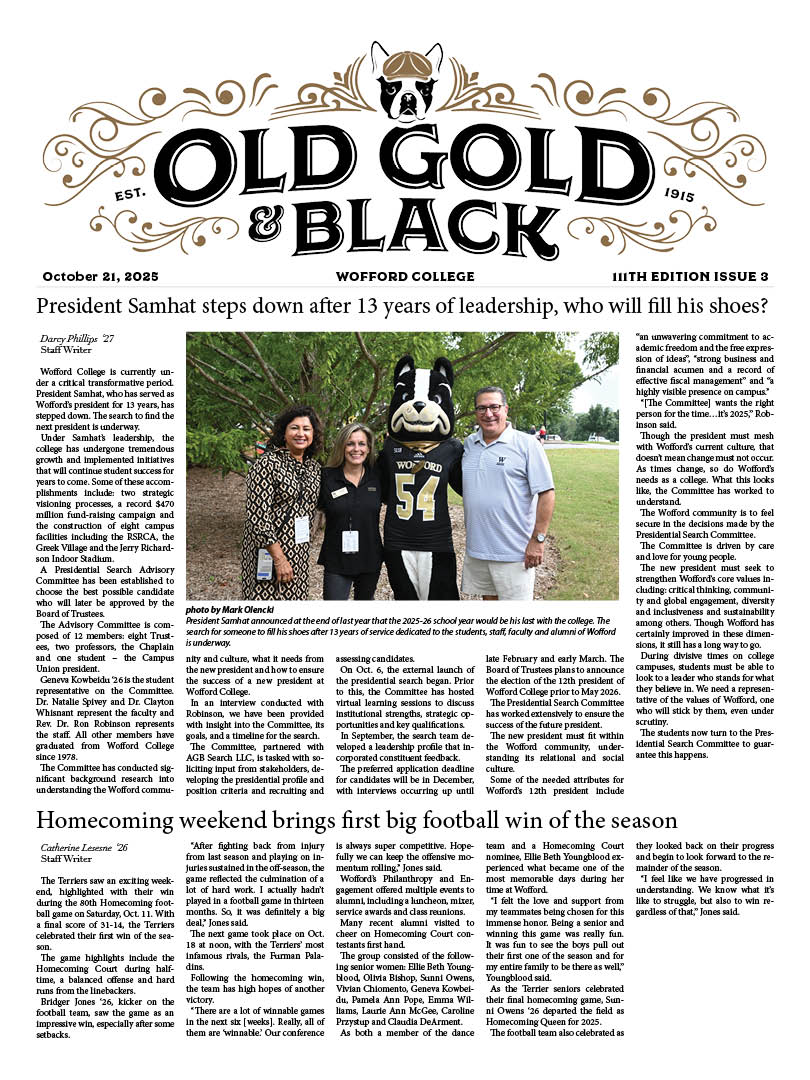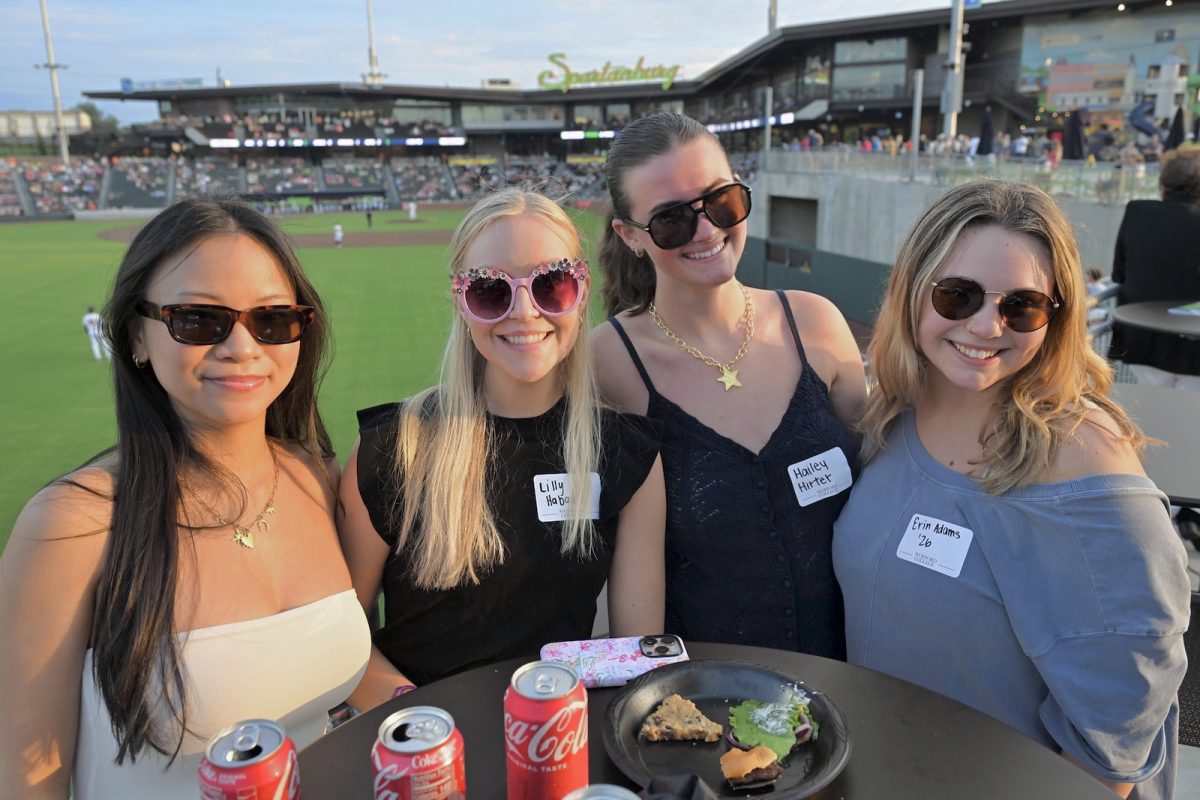By: Lydia Estes, staff writer
As Halloween is always on Oct. 31, Día de los Muertos (in English, Day of the Dead) is also traditionally held during the first days of November. The two holidays are close in date and share similar motifs, but Wofford faculty and students have important differences to recognize.
This Latin-American holiday honors the dead with lively celebrations and ornate decorations. According to Dr. Laura Barbas-Rhoden of the modern language department, cult-like groups native to central Mexico practiced rituals which celebrated the dead. During the era of conquest, the Spanish conquistadores, or men who first imperialized the South American continent, sought to convert the indigenous tribes to Catholicism. All Saints Day and All Souls Day, while minor holidays of the Catholic calendar, merged with the rituals, and so Día de los Muertos was created.
The death-based rituals often occurred during the fall “since the days get shorter and it’s a time of cyclical death,” Barbas-Rhoden says. “During the colonial period, there were often occasions when the Catholic church saw a similar pagan tradition and the combination meant more participation” by the indigenous peoples in the colonization process. Academia supposes the roots originate in central Mexico but not exclusively Aztec civilizations. Since the dates of the central Mexican calendar closely aligned with the Catholic calendar, Día de los Muertos was adapted and set for Nov. 1 and 2 of every year.
The history of Day of the Dead continues to involve other religious discrepancies. “There are even Evangelic communities in Mexico that absolutely reject both Halloween and Day of the Dead as being evil, in favor of a strong Protestant-evangelical identity but against any Catholic or secular traditions,” Barbas-Rhoden says.
Halloween and Día de los Muertos became “tangled up” as globalization increased. The images of Halloween now available through movies, television and social media have even influenced the perception of the Latin American holiday by Hispanic children today.
“I’ve heard people from Mexico, primarily, complain that the kids don’t like Día de los Muertos activities as much as they like Halloween’s. Día de los Muertos in small towns involves building an altar in the house and going to and cleaning graves—none of which is as fun to a seven-year-old as knocking on doors and collecting candy,” Barbas-Rhoden says. “In the U.S., we see cultural appropriation for the sake of commercial gain. So, taking something that’s a cultural design, like a catrina, and the Targets and Pier Ones of the world replicate it without attribution to the local art that created it.”
While the American Halloween color scheme is black and orange and Día de los Muertos is more colorful, Halloween draws from images of graves and death-related symbols as part of the holiday.
A catrina is a reference to a famous zinc etching by Jose Guadalupe Pasada, whose work “La calavera catrina” depicts a female skeleton wearing a traditional European hat of the early twentieth century. Calacas and calaveras (skeletons and skulls, respectively) are often portrayed in lively manners to symbolize the joy of life and death, sometimes laughing in the face of death. Some women paint their faces with makeup, using motifs of the loved one’s favorite past-times or colors to honor them.
Honduran student Fredy Madrid ’20 says his grandmother practices Día de los Muertos habitually.
“My grandmother was born in 1947. She was taught by her grandparents and her parents how to celebrate the dead. They lived in the countryside in Honduras, and they were farmers. She learned how to make coronas, or crowns, which are large and round and filled with flowers. Usually they try to resemble what the person liked. My grandmother goes to the graves and talks to the dead to pay her honor. Sometimes in my country they take food, but the flowers are most important. It’s a bitter-sweet situation, because they are sad that their loved ones are gone, but also happy to spend time with them,” Madrid says.
Madrid says that his ethnic roots are Mayan, and his family’s hometown in Honduras is close to the Mayan ruins in Copán, Honduras. His grandmother lives in Greenville, S.C., but returns every year to the small town, named Florida, to visit the graves of her dead on Día de Los Muertos.
The Organization of Latin American Students (OLAS) is partnering with the Spanish Honor Society to do a celebration of Día de Los Muertos this November. On Nov. 1 at 6 p.m., students can come to the seal of Old Main to light candles in honor of the person or persons they want to remember. There will be food, and Madrid hopes to bring a mariachi band to the event.

